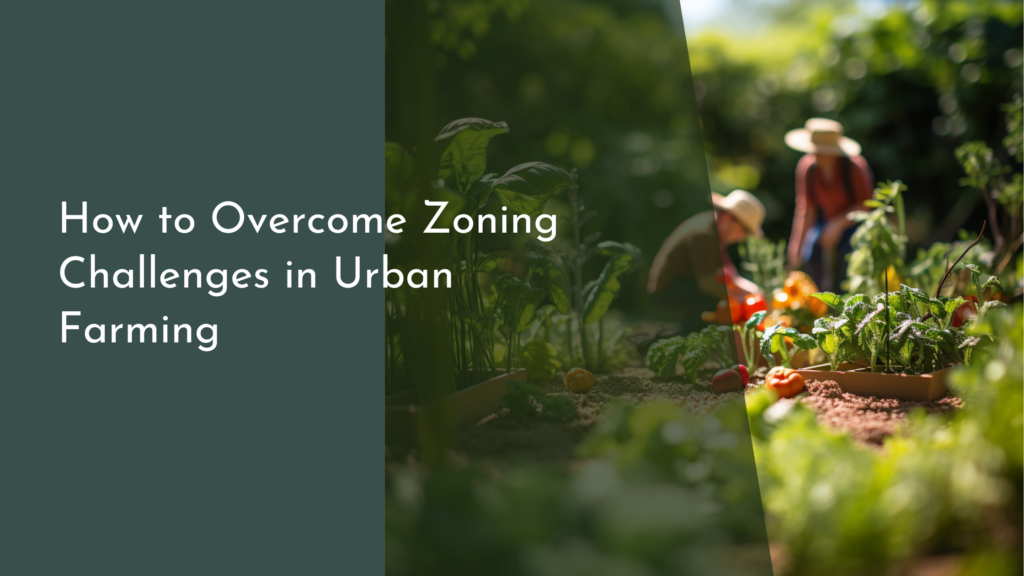Utilization of Cultural Practices in Permaculture
Permaculture is a holistic approach to farming and land management that emphasizes sustainability, resilience, and ecological balance. As the world faces pressing environmental challenges, the integration of cultural practices into permaculture offers a pathway to not only produce food sustainably but also enrich communities and preserve traditional knowledge. By embracing cultural heritage, we can foster a stronger connection to the land and cultivate a greener future for generations to come.
Embracing Tradition: Cultivating Permaculture with Culture
Cultural practices have been developed over generations, often refined to suit specific environmental conditions and community needs. By incorporating these time-honored methods into permaculture, we can leverage the wisdom of our ancestors while adapting to modern ecological principles. For instance, Indigenous agricultural techniques such as companion planting and crop rotation are not only effective but also promote biodiversity and soil health. These traditions remind us of our deep-rooted relationship with nature and encourage us to innovate within the framework of time-tested practices.
In many cultures, farming is more than just a means of survival; it is an expression of identity and continuity. By valuing these traditions, we can create a permaculture model that respects and honors cultural heritage, thereby enriching the practice itself. Workshops and community gatherings can facilitate knowledge exchange, where experienced farmers share their insights on traditional cultivation methods, techniques, and rituals. Such exchanges foster a sense of belonging and revive the cultural significance of agriculture in local communities.
Uniting Heritage and Sustainability for a Greener Future
The fusion of cultural practices with sustainable permaculture principles encourages a holistic approach to environmental stewardship. When communities actively engage in preserving their cultural practices, they also contribute to the protection of biodiversity and ecosystems. For example, traditional food preservation methods, such as fermentation or drying, not only reduce waste but also enhance the nutritional value of food, promoting a sustainable food culture. This commitment to sustainability ensures that both the environment and cultural practices thrive in tandem.
Moreover, drawing on cultural heritage allows communities to develop unique permaculture strategies tailored to their specific needs and environments. The knowledge of local plants and their uses, which has been passed down through generations, can inform effective permaculture designs. By creating a dialogue between traditional knowledge and contemporary ecological practices, we open doors to innovative solutions that are both sustainable and culturally relevant, paving the way for resilient communities.
Creative Techniques: Blending Culture and Eco-Friendly Methods
The beauty of permaculture lies in its adaptability and creativity, which can be further enhanced by cultural practices. For instance, traditional agricultural techniques such as swidden farming or slash-and-burn can be reinterpreted within a permaculture framework to ensure ecological balance. By understanding the historical context of these practices, we can adapt them to today’s challenges, allowing for a creative blend of old and new methods that enhance productivity while minimizing environmental impact.
Artistic expressions rooted in cultural practices can also play a significant role in permaculture. For instance, incorporating community art projects that celebrate local flora and fauna can inspire environmental stewardship and foster a sense of pride in one’s heritage. Techniques such as natural dyeing and crafts using native plants not only promote biodiversity but also create opportunities for local artisans to thrive. This integration of creative techniques not only enriches permaculture practices but also weaves culture into the very fabric of sustainable living.
Thriving Together: Community and Culture in Permaculture
At the heart of successful permaculture initiatives is the strength of community. By involving local populations in designing and implementing permaculture projects, we foster a sense of ownership and collaboration. Community gardens, for instance, not only serve as sources of fresh produce but also act as living classrooms where individuals learn from one another and share cultural stories related to food and agriculture. This collective effort reinforces not only ecological sustainability but also social cohesion.
Furthermore, the inclusion of cultural festivals and events centered around permaculture can elevate community engagement. Celebrating harvests together, sharing traditional recipes, or hosting workshops on sustainable practices can strengthen community bonds and inspire future generations to embrace both their heritage and sustainable living. Such initiatives create an atmosphere of joy, learning, and connection, illustrating how culture and community can flourish synergistically within the framework of permaculture.
The utilization of cultural practices in permaculture highlights the importance of preserving heritage while promoting sustainability. By embracing traditional techniques, fostering innovative practices, and building strong community ties, we can cultivate a richer, greener future. In doing so, we not only honor our ancestors but also create a thriving ecosystem that benefits both the environment and our communities, ensuring a legacy of resilience and harmony for generations to come.

